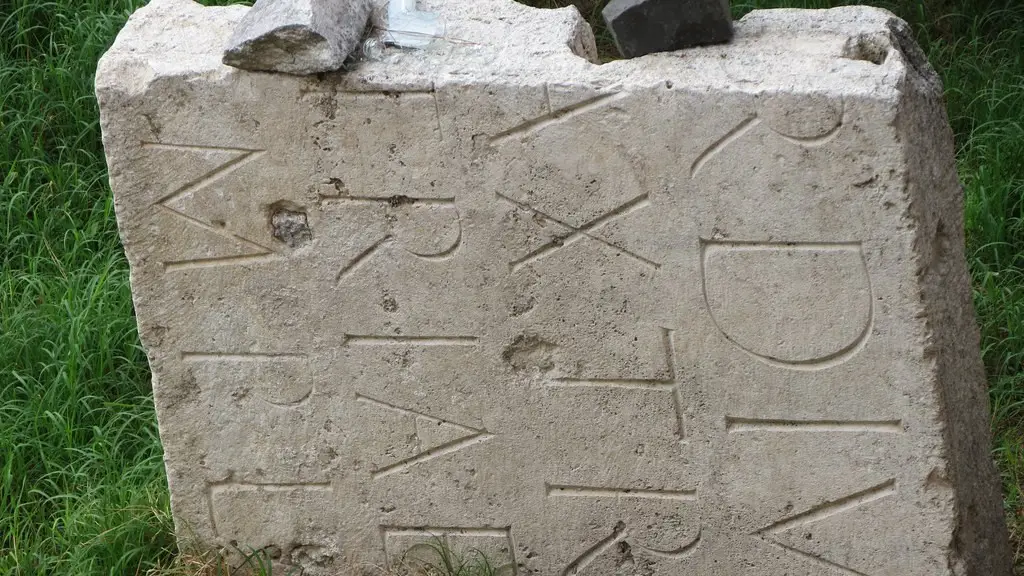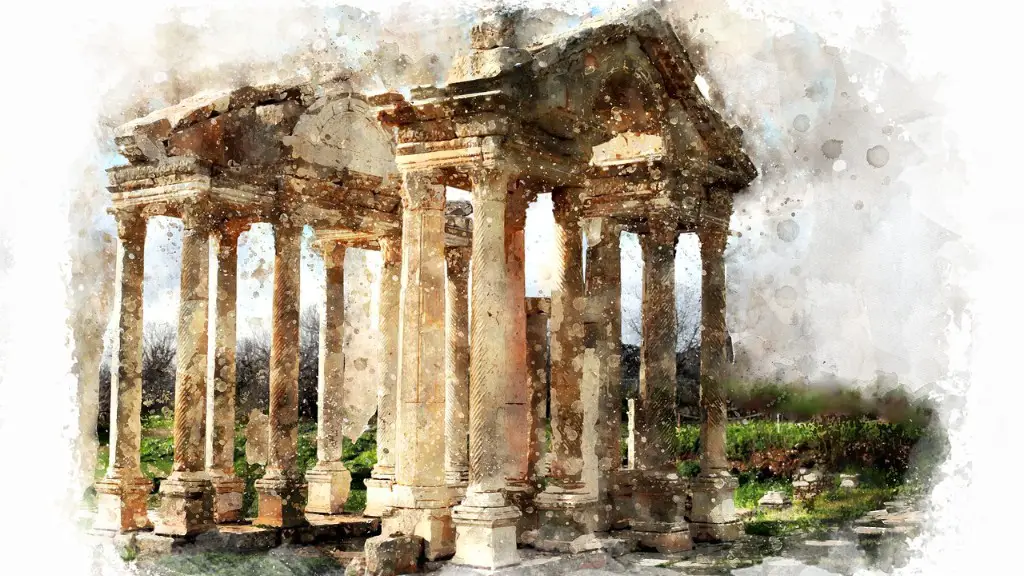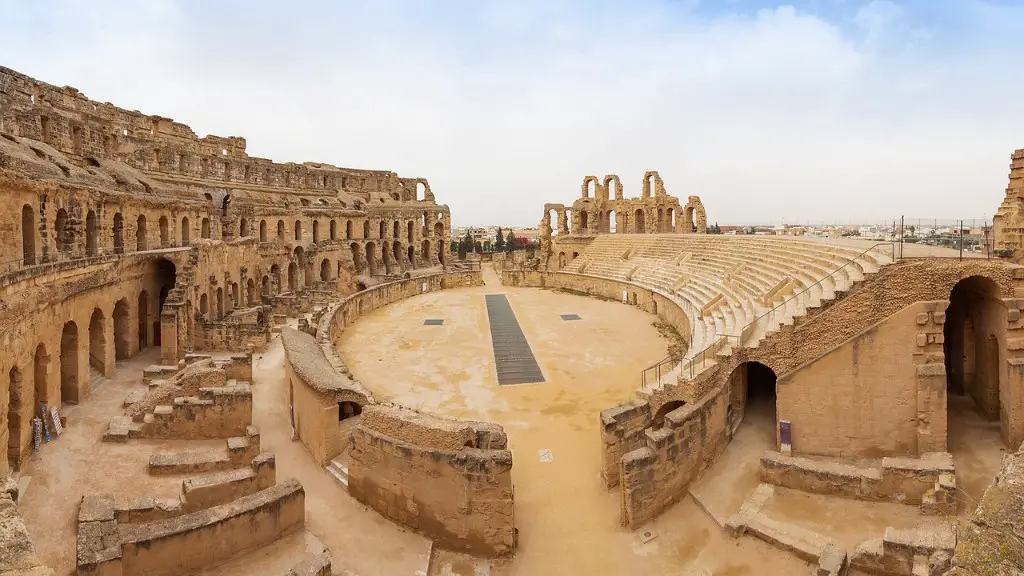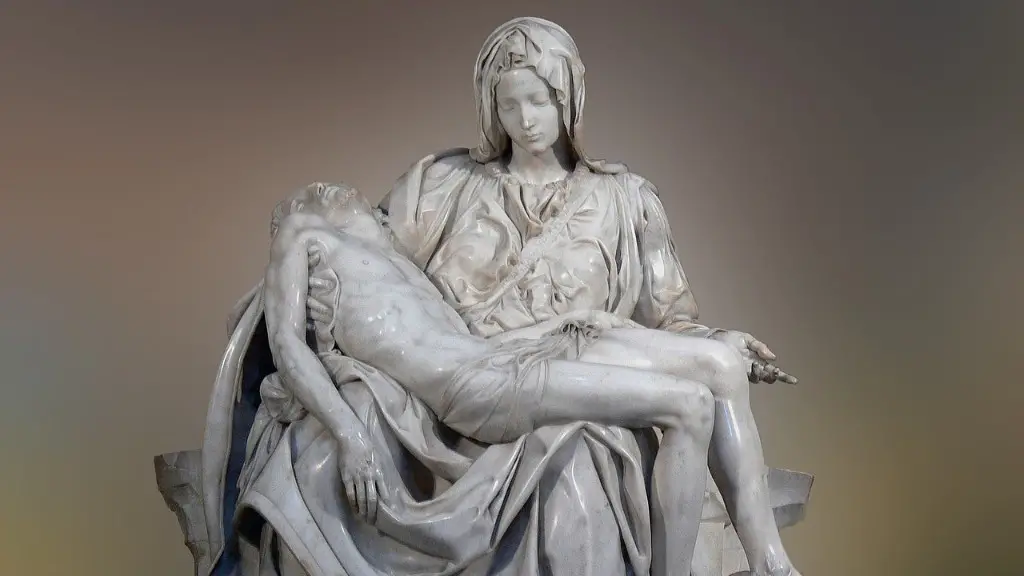Health Care in Ancient Rome
Medicine in ancient Rome was a complex system of health care practices practiced by an impressive range of physicians and healers. Roman citizens had access to a range of medical practices and treatments, from traditional methods to relatively new developments. It was not uncommon for physicians to have learnt from different medical theories, from Hippocratic theory to humoral systems theory.
Medication in ancient Rome was based on the theories prevalent at the time such as humoural systems theory. Humorism is an ancient system of medicine that believes that the body is regulated by four humours – blood, phlegm, yellow bile and black bile. The purpose of medicine in ancient Rome was to bring the body back into balance via diet, exercise and herbal treatments. The humours were seen as the source of all health and diseases, hence why they were heavily used in the healing process.
Various tools were used by Roman physicians in order to diagnose illnesses and assess the progression of disease. It was common for physicians in the Roman era to use their fingers to feel for the pulses in their patients’ wrist, and to measure their temperature in order to determine general health. This would be followed by a visual assessment of their symptoms and a consult with the patient. Physicians would also use a range of techniques such as blood-letting, cupping, and needle techniques in order to treat their patients.
Overall, the primary goal of Roman medicine was to restore the balance of the body and its humours. Roman doctors aimed to promote healthy lifestyles through diet, exercise and various treatments with herbs and other medicinal substances. Roman physicians were very well-equipped: they had an understanding of anatomy and the use of tools like lancets and cupping. The Romans also used their knowledge of plants and herbs to create various healing concoctions.
Roman physicians and healers had an extensive range of tools at their disposal. In addition to instruments, they had extensive knowledge of herbal remedies and plants. Herbs such as thuja, milfoil and hyssop were often used in Roman medicine. Herbal treatments and vitamins were also used to strengthen and restore health. Physicians also had access to medicines for the treatment of pain and wounds, such as opium and honey.
Roman physicians and healers are credited with many advances in medicine, such as the use of lead in surgery and the concept of a medical inspection before surgery. While some of the treatments available in Roman times would not be accepted today, the purpose of Roman medicine was to restore balance and health to their patients and this goal remains the same today.
Disease Prevention and Treatment
The purpose of medicine in Ancient Rome was to prevent and treat diseases. Roman physicians and healers used a combination of diagnosis and treatments to restore balance and health to their patients. This could involve a range of treatments such as diet and herbal remedies. Roman doctors could also recommend appropriate exercises to strengthen a particular body part and also provide advice about lifestyle that would help prevent further illness.
preventive medicine was widely practised in Ancient Rome. This included a variety of techniques such as quarantine and the isolation of patients. People could also get immunised against certain diseases such as smallpox. Roman physicians even developed a variety of preventative measures such as identifying dangerous places and environments which could cause sickness and advising people against entering them.
Roman doctors were also knowledgeable about public health. The Roman Government was responsible for providing health care and often promoted healthy habits among its citizens. Public bathhouses were common and routinely cleaned in order to reduce disease. Roman doctors also encouraged proper sanitation practices to help keep their society healthy.
Roman doctors were efficient in establishing public health policies and promoting healthy practices. However, they did not have a great understanding of contagious diseases, meaning that the death rate in Ancient Rome was high. Despite this, Roman medicine was focused on preventing illness and disease, and also on treating them as quickly as possible.
Surgery and Treatments
The purpose of medicine in Ancient Rome was also to perform surgery and treat wounds. Roman doctors were proficient in the use of instruments and tools and had a thorough knowledge of anatomy. Surgery was performed for medical, cosmetic or reconstructive reasons. Roman doctors used lead for their operations, which was the one of the earliest forms of anaesthetic.
In addition to anaesthetics, Roman physicians could also use a wide range of drugs, including opium and mandrake root which were used to reduce pain. Roman doctors also had access to a variety of tools, such as scalpels, lancets and forceps. These tools were used to either perform surgeries or extract foreign bodies such as arrow heads.
In addition to blunt and sharp instruments, Roman physicians also relied on a variety of herbs and plants. Herbs such as wild rue, yarrow and iris were used to treat wounds and reduce bleeding. Roman doctors also used vinegar as an antiseptic agent to disinfect wounds and reduce infection.
Roman physicians also had access to advanced surgical practices. They were highly knowledgeable about trepanation, or the cutting of a hole in the skull to relieve pressure caused by a build up of fluids. Roman doctors were also skilled in cosmetic surgeries, such as rhinoplasty, which was used to raise or shorten the nose to alter a person’s appearance.
Childbirth and Reproduction
The purpose of medicine in Ancient Rome was also to provide medical aid during childbirth and other reproductive processes. Roman doctors had a wide range of items and techniques to help ease the pain and make the process of childbirth smoother. Roman midwives used a range of different techniques such as the use of instruments to facilitate childbirth and techniques to reduce pain.
Roman doctors were also proficient in the use of techniques to address infertility. They could carry out treatments such as cauterization and drugs such as henbane and mandrake root to assist with infertility in both men and women. Roman doctors also had an understanding of conception, and were also knowledgeable about prenatal care and the use of herbal remedies to reduce the risks during pregnancy.
Roman doctors were also knowledgeable about post-birth treatments. Roman physicians had access to a variety of treatments to promote healthy lactation, reduce bleeding and improve the health of infants. Roman midwives were also proficient in the practice of massage and binding of the abdomen to help reduce post-birth pain.
Education and Training
The purpose of medicine in Ancient Rome was also to teach, train and disseminate knowledge to the Roman population. Roman doctors were highly trained and had access to extensive texts and literature on health and medicine. Roman physicians were highly regarded, and physicians from all parts of society had access to a wide range of medical texts and manuals.
Roman medical schools and hospitals were established in many cities, and these institutions were responsible for training the next generation of physicians. Roman doctors were required to complete long apprenticeships in order to gain a comprehensive knowledge of medicine. They also had access to lectures and training courses in anatomy and medicine.
In addition to hospitals and medical schools, Roman doctors could also lecture and write about medical subjects. Many medical texts from the Roman period have survived to the present day, demonstrating the breadth and depth of medical knowledge held by Roman doctors and healers. Roman doctors were also highly knowledgeable about anatomy and pathology, and their work was vital to further their understanding of human biology.
Legacy of Roman Medicine
The purpose of medicine in Ancient Rome was to improve the health and wellbeing of the population. Roman doctors and healers were highly proficient and had an impressive range of knowledge and skills. Medical theories, treatments and tools developed in the Roman world would continue to be used and developed over the centuries.
The legacy of Roman medicine can be seen today, in both medical treatment and practice. Many medical instruments have been in use since Roman times, including scalpels, tweezers and suction cups. Roman physicians are also credited for pioneering and developing anaesthesia, although this was used less frequently than modern anaesthesiology.
The ideas and theories developed by Roman doctors have also been studied and adapted by modern physicians. The understanding of anatomy and pathology developed by Roman doctors has also been essential to the development of modern medicine. Roman medicine and its legacy have been crucial to improving health and wellbeing, and modern medicine still relies heavily on the theories and practices developed in the Roman period.





